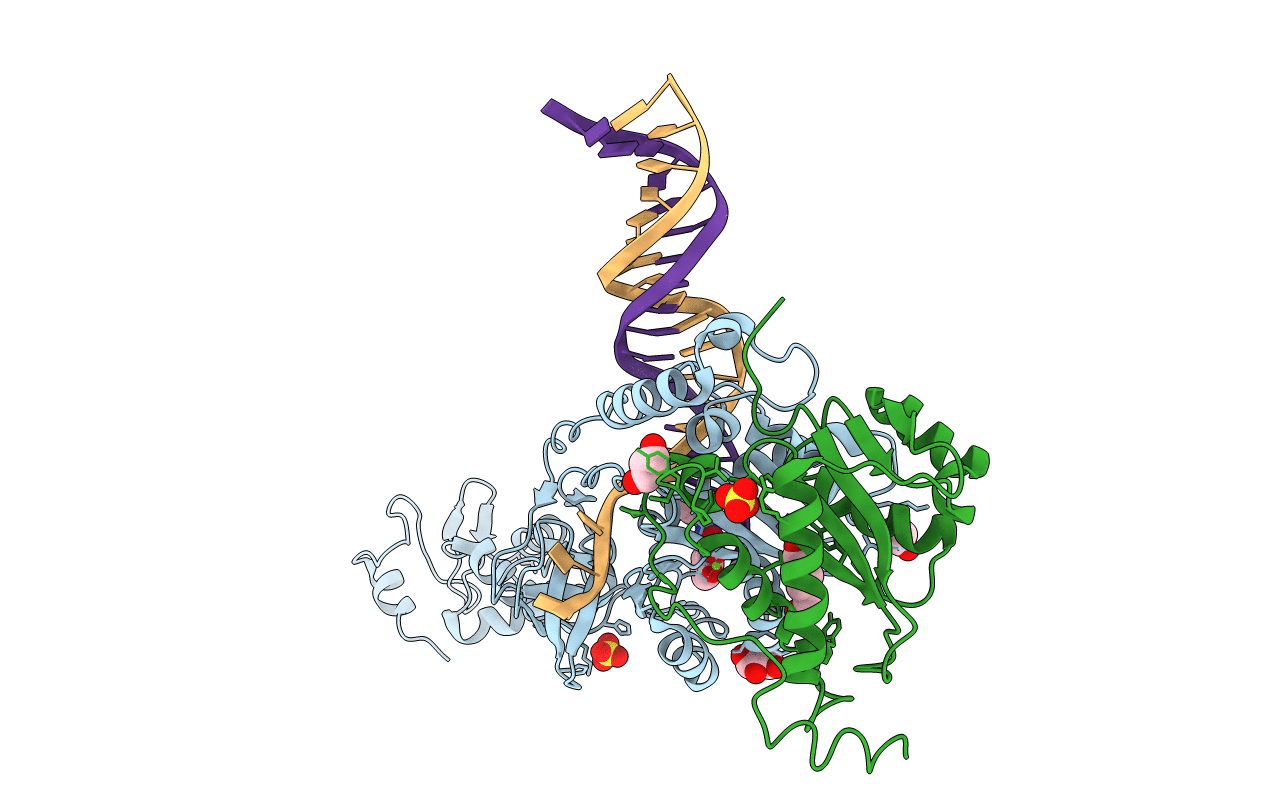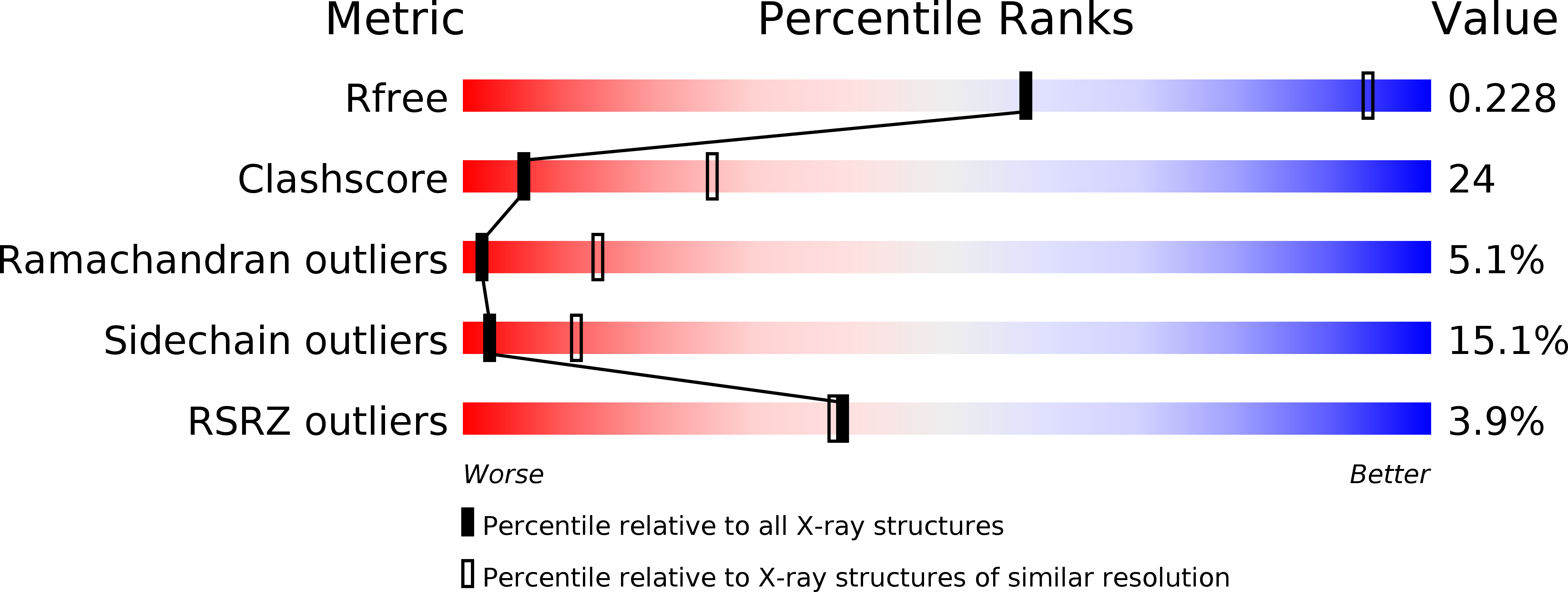
Deposition Date
2012-12-26
Release Date
2013-04-03
Last Version Date
2024-02-28
Entry Detail
Biological Source:
Source Organism:
Human spumaretrovirus (Taxon ID: 11963)
Host Organism:
Method Details:
Experimental Method:
Resolution:
3.40 Å
R-Value Free:
0.22
R-Value Work:
0.18
R-Value Observed:
0.18
Space Group:
P 41 21 2


